Name Samuel Sheinbein | ||
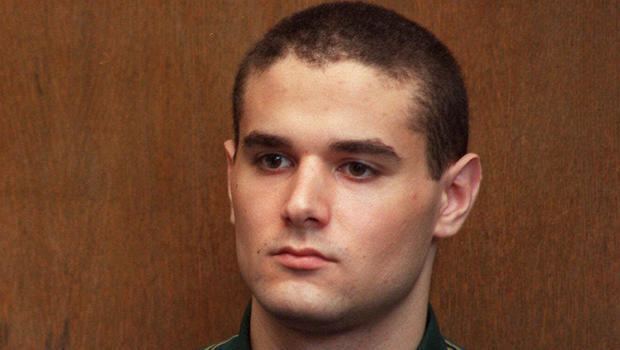 | ||
Died February 23, 2014, Rimonim Education Charles E. Smith Jewish Day School | ||
Israel samuel sheinbein sentenced in murder trial
Samuel Sheinbein (25 July 1980 – 23 February 2014) was an American-Israeli convicted murderer. On 16 September 1997, Sheinbein, a 17-year-old senior at John F. Kennedy High School in Montgomery County, Maryland, and Aaron Benjamin Needle, a former classmate from the Charles E. Smith Jewish Day School, killed Alfredo Enrique Tello, Jr., or Freddy. They subsequently dismembered and burned the corpse in Aspen Hill, Maryland. Sheinbein fled to Israel, where he was eligible for citizenship; Israeli law at the time prohibited extradition of citizens.
Contents
- Israel samuel sheinbein sentenced in murder trial
- Usa samuel sheinbein murder trial conviction in israel 2
- Background
- Murder of Tello
- Investigation
- Flight to Israel
- Extradition fight
- Conviction
- Israeli extradition law
- Family
- Gun incident
- Standoff and death
- References
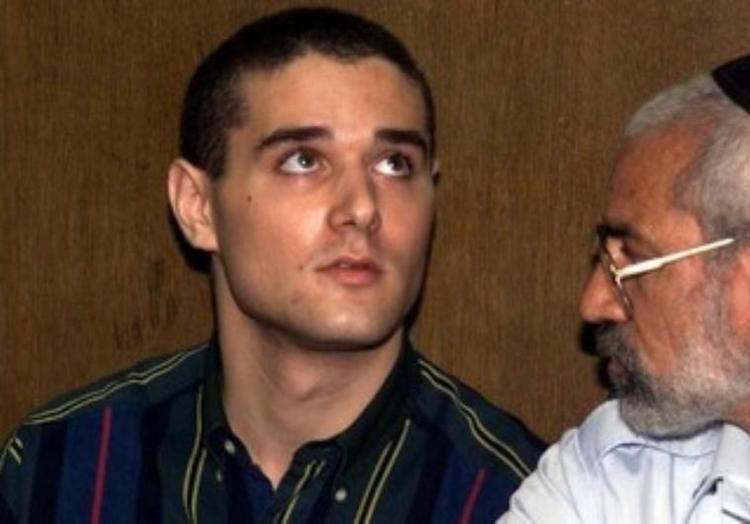
The case strained U.S.–Israeli relations and prompted an overhaul of Israeli extradition policy, which now requires a defendant seeking to avoid extradition to also demonstrate a "residential connection" to Israel. The Washington Post wrote that it became "a sensational legal tug of war involving Congress, the State and Justice departments and the upper echelons of Israel’s political and judicial establishments".

Sheinbein was sentenced to 24 years in prison by an Israeli court in 1999. In 2014, he was killed by police in a prison standoff, after he shot six officials and another prisoner.
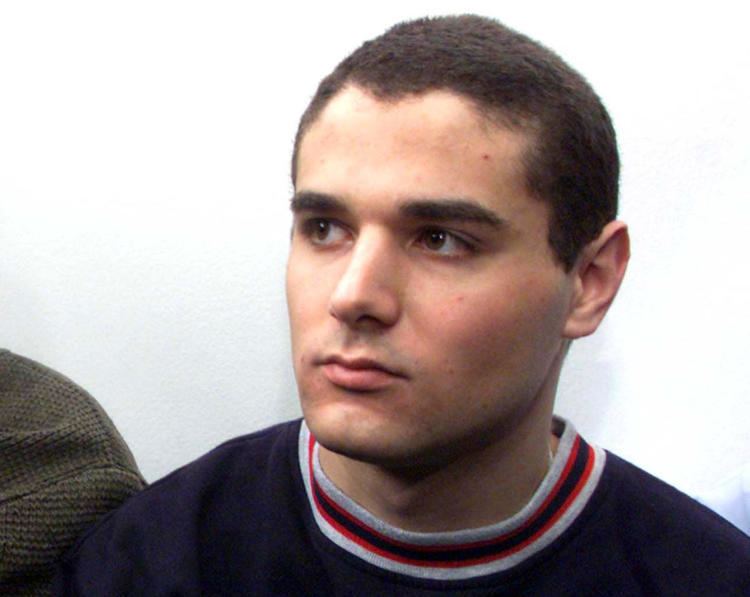
Usa samuel sheinbein murder trial conviction in israel 2
Background
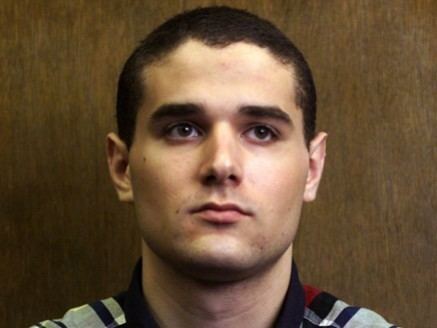
At age 17, Sheinbein informed a friend that he offered $5,000 for someone to kill the boyfriend of his crush and $1,000 for someone to lure his rival into a vehicle. Sheinbein sought someone to murder as practice for his intended target, according to the Montgomery County, Maryland Deputy State's Attorney, John McCarthy.
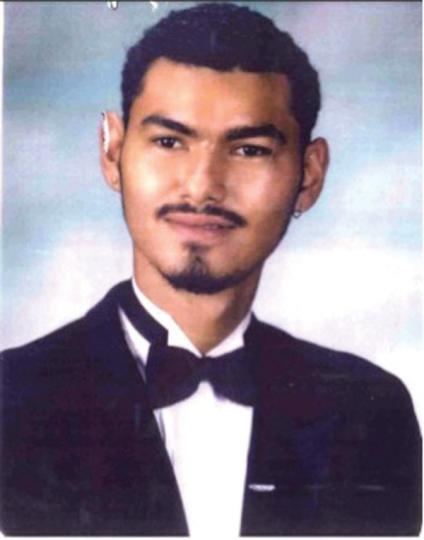
Around the same time Sheinbein was planning to murder his rival, Needle and Tello became acquainted. Needle was introduced to his fellow Montgomery County classmate, and a friend of Tello, Hannah Choi.
In September 1997, Needle had gotten into an altercation in which Tello had punched Needle in front of Choi, on whom Needle had had a crush. Choi told police that Needle appeared to be embarrassed and immediately called his friend Sam. According to McCarthy, this event led to Needle giving Sheinbein his practice victim.
Murder of Tello
Sheinbein created what prosecutors called a Recipe for Murder. On a single sheet of notebook paper, Sheinbein wrote "'Zap, pepper, metal restraints, rainsuits . . . X-Acto hobby knife, plastic bags' and other items". He also "listed the Dujitsu 2000 knife and had a check mark next to 'recommended by Consumer Reports '". The piece of paper also listed size 14 shoes (according to McCarthy, both Sheinbein and Needle wore about size 10 shoes) and had written, "If they don't fit, u must acquit", a reference to Johnnie Cochran's famous line in the O. J. Simpson trial.
Police authorities believe that this murder was premeditated by Sheinbein and Needle. Sheinbein and Needle allegedly incapacitated Tello with a stun gun, and then choked and stabbed Tello, finally beating him to death with a sawed-off shotgun. The autopsy report concluded that the cause of death of the victim was "a combination of blunt force injuries to the head, cutting wounds on the neck and chest, and ligature strangulation". The two stored the body of Tello in Sheinbein's garage, where they dismembered the victim's limbs and burned the torso so that Tello could not be identified as the victim. Sheinbein arranged to dispose of the body in a vacant home for sale previously owned by his classmate. Sheinbein told the classmate he wanted to use the vacant residence to be with a girl in private. Authorities believe Sheinbein and Needle transported the body to the neighborhood residence in a garbage bag in the back of Needle's Honda. The two then allegedly transported their tools of mutilation in a wheelbarrow to the vacant home.
On 19 September 1997, a realtor was preparing the vacant home for a showing, and detected a strong odor coming from the garage. The realtor found Tello's torso wrapped in garbage bags. The body was so charred and mutilated that it was initially believed to be a deer carcass. The realtor called the Montgomery County Police Department and officers quickly responded to the residence. Investigators determined the contents of the garbage bags were human remains and ruled it as a homicide. Police found the Makita electric circular saw used to dismember the victim at the scene.
Investigation
Montgomery County investigators were initially unable to determine the victim's identity. They began to interview neighbors who reported seeing the suspects. Using police canines, authorities discovered a trail of blood leading from the scene of the body to the garage of the Sheinbein residence.
Subsequent investigation led authorities to rule Sheinbein as a suspect, and based on physical evidence and eyewitness accounts, Needle was determined to be a second suspect. Warrants for the arrest of Sheinbein, for first-degree murder, and Needle, for first-degree murder, the conspiracy to commit murder, and being an accessory to murder after the fact, were issued shortly thereafter.
On 22 September 1997, Freddy Tello was reported missing by his mother. Police investigation of the missing-persons report revealed that Tello had told friends that he would meet them at the Plaza del Mercado shopping center in Silver Spring along with Needle and Sheinbein, but never showed up. Dental records of Tello were used by investigators to identify the victim. According to police reports, the suspects fled to New York City. Needle was arrested on 23 September 1997, but he committed suicide in April 1998 two days before jury selection for the trial by hanging himself with a bedsheet.
Flight to Israel
Sheinbein evaded apprehension by Maryland police and fled to Israel with the help of his father, Sol Sheinbein, an attorney with dual U.S.-Israeli citizenship. Sol allegedly brought Samuel a passport, purchased an airline ticket to Tel Aviv, and drove him to John F. Kennedy International Airport to flee the United States.
Once in Israel, Samuel Sheinbein applied for and received Israeli citizenship. Being Jewish and as the son of an Israeli national, he was eligible for automatic Israeli citizenship. Sheinbein's brother flew to Israel and met him in his hotel room, and brought him his first bottle of wine and a prostitute. His partying came to an end when he was hospitalized for a drug overdose. After his hospitalization, Sheinbein was arrested, and U.S. authorities were notified of his presence in Israel.
Extradition fight
The U.S. government submitted an extradition request to Israel, and U.S. Secretary of State Madeleine Albright pressed for "maximum cooperation". The Jerusalem Magistrate Court ruled that Sheinbein be extradited, because he had no meaningful connections to the State of Israel, used a U.S. passport, and had never lived in Israel, and was thus insufficiently a citizen deserving protection under Israeli law. A protracted legal battle in the Israeli courts ensued as Sheinbein appealed the judgment. This resulted in a severe strain in U.S.–Israeli relations and outrage from the Latino-American community. Congress threatened to withhold aid to Israel. Sheinbein's family hired former Israeli Justice Minister David Libai as his lawyer. In February 1998, a Jerusalem district judge offered a compromise, where Sheinbein would return voluntarily to the United States to stand trial, and if convicted, could return to Israel to serve his prison sentence. Sheinbein accepted the idea, but Maryland prosecutors rejected it.
The appeals culminated with the Israeli Supreme Court blocking his extradition in February 1999 in a 3–2 ruling, citing a 1978 law banning the extradition of Israeli citizens. The ruling caused concern among Israelis who feared that the country could become a haven for Jewish criminals. Sheinbein's trial in the Tel Aviv District Court resulted in a indictment for murder with intent to kill, the equivalent of first-degree murder in the United States.
Conviction
In August 1999, Sheinbein accepted a plea bargain with prosecutors, and in September he confessed to murdering Tello. In October, a three-judge panel at Tel Aviv District Court sentenced him to 24 years in prison, with eligibility for parole after 16 years and prison furloughs after 4 years. It was the harshest sentence that had ever been imposed in Israel for a crime committed by a minor; previously, no minor had been given a sentence longer than 20 years. According to Israeli human rights organization B'Tselem, however, the Tel Aviv District Court has "imposed tougher sentences on Palestinian minors convicted of murdering Israelis". Outrage ensued in both Israel and the United States. Even after Sheinbein's conviction, the state of Maryland maintained a warrant for his arrest, and the United States issued an Interpol warrant, meaning that Sheinbein faced prosecution in the United States if he ever returned, and faced extradition to the United States if he had traveled to any Interpol member country, regardless of whether he served time in Israel.
Sheinbein was sent to Ayalon Prison, a maximum-security prison in Ramla, before being transferred to Rimonim Prison, a medium-security prison near Tel Aviv.
Israeli extradition law
Outrage ensued in both countries after the February 1999 Israeli Supreme Court decision. The Knesset subsequently passed two laws overhauling Israel's extradition policy in 1999 and 2001. The first bill, which had been proposed prior and unrelated to the Sheinbein affair, stipulated that a citizen must have a "residential connection" to Israeli to avoid extradition. The second allowed Israeli citizens to be extradited "upon a guarantee that, if convicted, the Israeli national would be permitted to serve the sentence in Israel". Israel and the United States also signed a protocol on July 6, 2005, providing for "reciprocal extradition of persons charged with or convicted of an offense, including an attempt or conspiracy to commit an offense, which is punishable under the laws in both Parties by deprivation of liberty for a period of one year or by more severe penalty".
Legal analysts speculate that "Had the Sheinbein affair taken place today [in 2014], not being domiciled in Israel at the time he committed the offense, he would probably have been extradited" to the United States.
Family
Immediately after Samuel fled to Israel, Sol Sheinbein, his father, moved his family to Tel Aviv, Israel, where he found work as a patent law consultant. Shortly after Samuel's arrest, Sol Sheinbein and his other son were arrested by Israeli police for hampering an investigation and had their passports seized, but were released shortly afterward.
Sol Sheinbein was charged with obstruction of justice in the United States. He is wanted on an arrest warrant for hindering or obstructing a police investigation, but because his crime was a misdemeanor, he was not extraditable. In 2002, he was disbarred as a lawyer in Maryland by the Maryland Court of Appeals, and in 2004, he was disbarred as a lawyer in Washington, D.C., by the District of Columbia Court of Appeals. In 2004, the U.S. Patent and Trademark Office began disciplinary proceedings against him, and the following year revoked his patent attorney license, which Sheinbein unsuccessfully appealed.
Gun incident
On 6 February 2014, Sheinbein received a furlough from jail. His furloughs had previously been suspended, but were restored after he challenged the denial in court. He proceeded to the city of Ramla, where he attempted to buy a gun from a man he met online. On their way to an ammunition store in a car, Sheinbein fled from the seller with their gun. The seller caught and held him until the police arrested him.
Standoff and death
On 23 February 2014, one year before he would have been eligible for parole, Sheinbein, while being transferred to a different prison cell, requested a bathroom stop. He pulled out a handgun, and shot three guards, seriously injuring two of them, before barricading himself in the bathroom. A standoff ensued, during which authorities attempted to negotiate with him. After an hour, Sheinbein shot at police and guards around the room, and they returned fire, seriously wounding him. Despite attempts to resuscitate him, Sheinbein died soon afterward. Six officials and one prisoner were wounded by Sheinbein.
The Israel Prison Service began investigating how Sheinbein had acquired the gun, which was believed to have been smuggled into the prison. Police traced the gun to a resident of central Israel whose gun had been stolen a year before. It was reportedly "the first known case in Israel of an inmate opening fire inside a secured compound". A writer for Tablet Magazine called the fact that Sheinbein was able to acquire a gun "the latest of several major IPS screw-ups".
